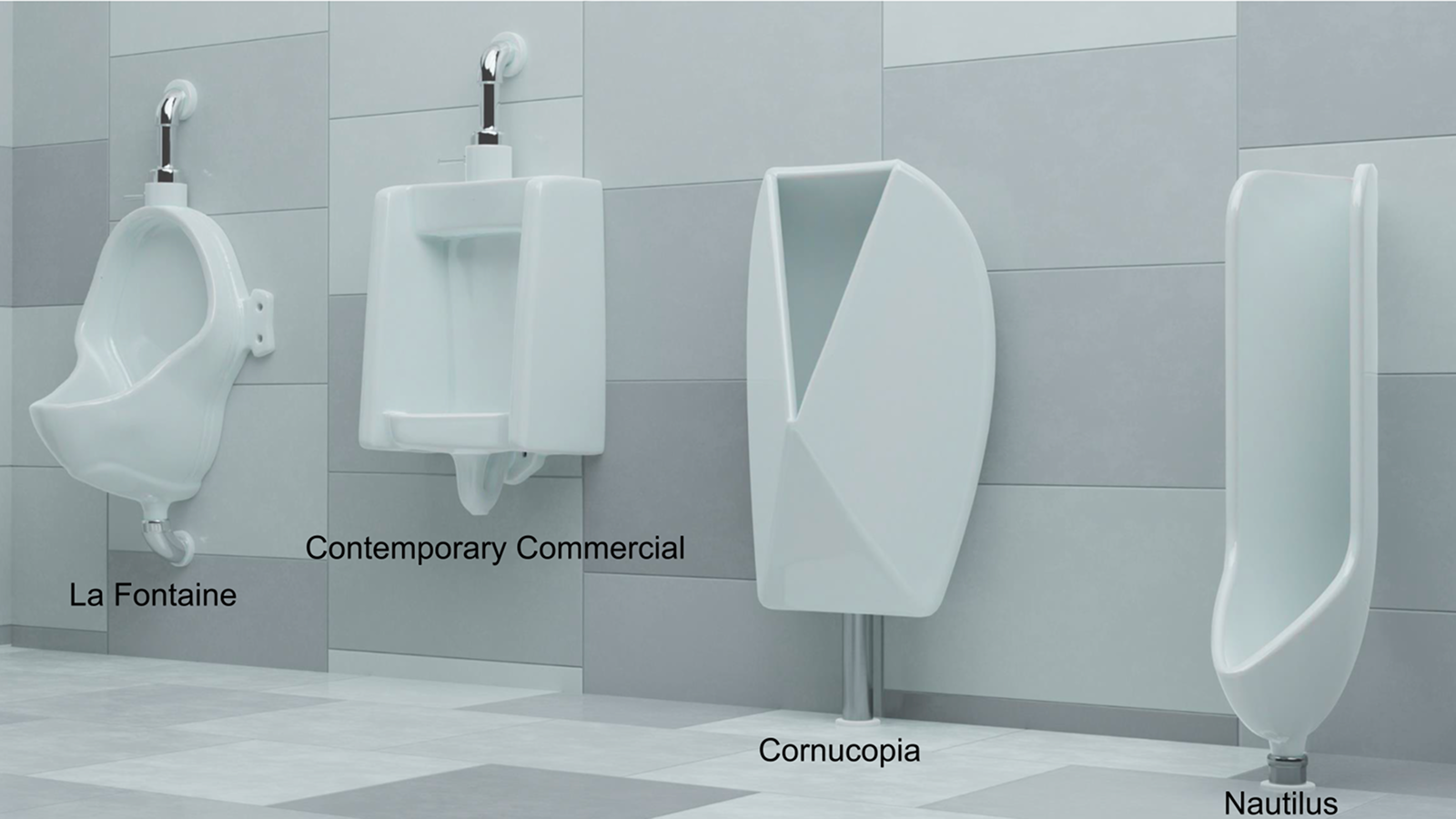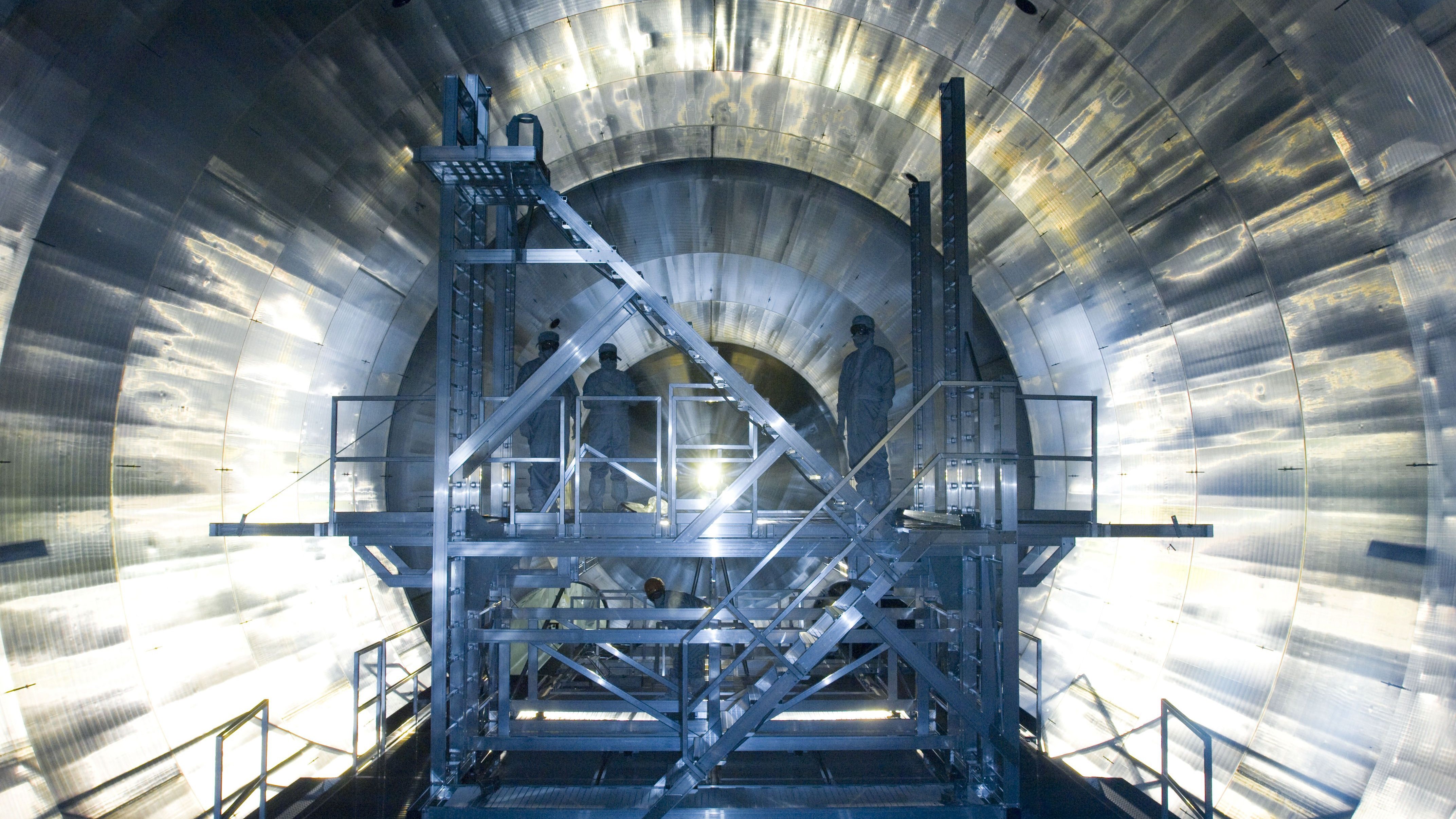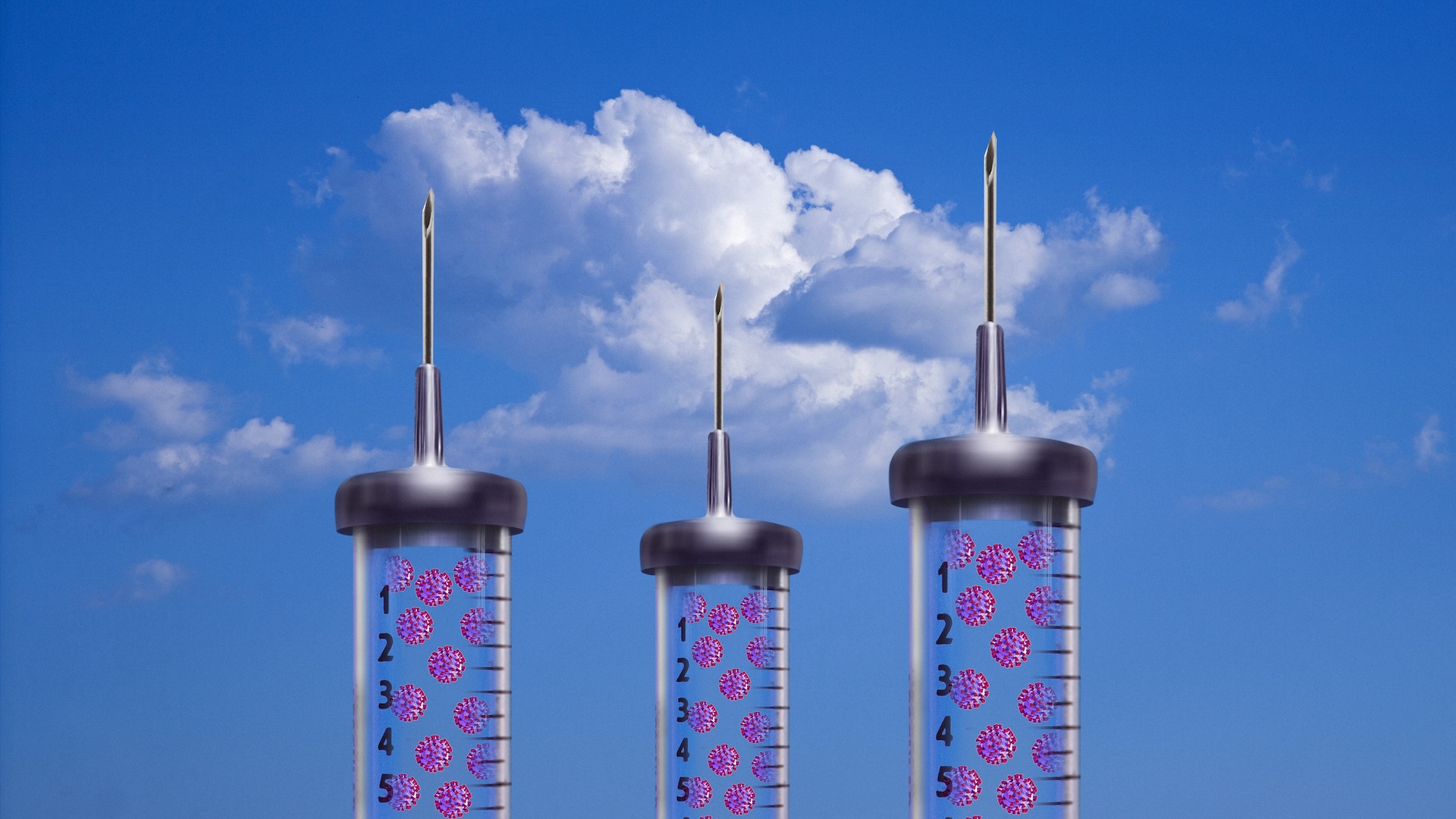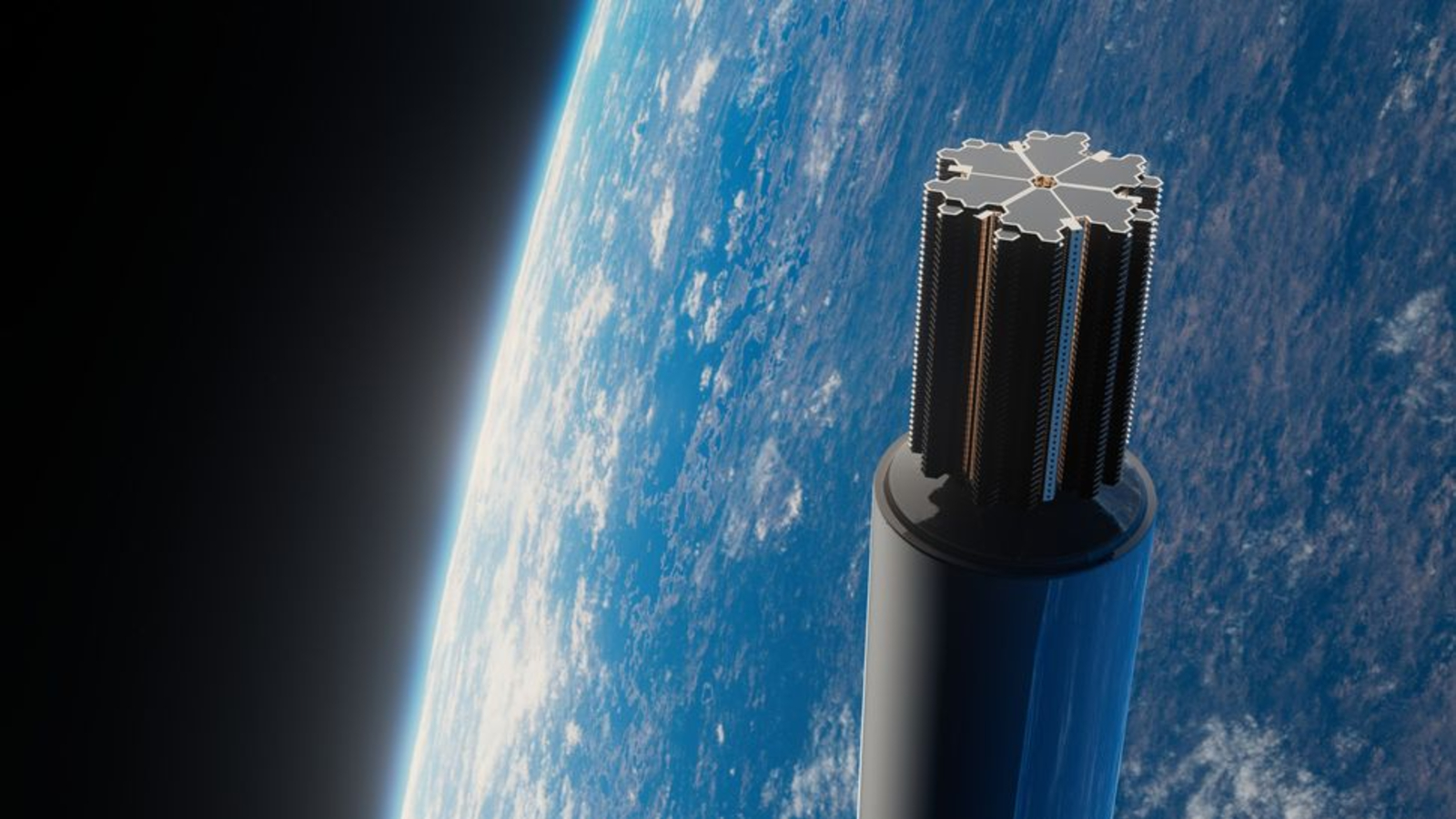New urinal designs could prevent up to 265,000 gallons of urine from spilling onto the floor each day
Researchers have invented two new urinal designs that could significantly reduce the amount of urine splashback, keeping public restrooms cleaner.

Thousands of gallons of ill-aimed pee could be spared from lavatory floors thanks to a new urinal design, scientists say.
Around 1 million liters (264,172 gallons) of urine are spilled onto the floor and walls of public restrooms each day in the U.S. thanks to current urinal shapes, creating hygiene issues and unpleasant smells.
But now, in a new study published Tuesday (April 8) in the journal PNAS Nexus, scientists have proposed a new urinal design that could significantly reduce this spillage — improving the hygiene of public bathrooms and reducing cleaning costs.
Urinals have not changed much since they started becoming popular in 19th-century Europe, as part of growing public health reforms in fast-growing cities. There are now around 56 million public restrooms across the U.S. alone, the scientists said in the study.
"Urinals are a staple of public spaces yet their designs have remained essentially stagnant for over a century,” the researchers wrote in the study. "The use of urinals often results in significant splatter (splashback) as urine splashes upon impact with the urinal generating droplets which travel back onto the floor and user."
This splashback is a breeding ground for bacteria, resulting in bad smells in public restrooms and the potential for the spread of diseases.
Related: The Physics of Peeing, and How to Avoid Splash-Back
Sign up for the Live Science daily newsletter now
Get the world’s most fascinating discoveries delivered straight to your inbox.
"The surfaces of urinals have significantly higher concentrations of bacteria than traditional toilets, with surrounding floors having the highest level," the researchers added.
This high level of spillage of urine requires frequent cleaning, which uses a large volume of water, is unpleasant work for custodial staff and is very expensive.
Some bathrooms attempt to reduce splashback using urinal screens, mats, or even stickers to tell people where to aim their urine. The use of such stickers at Amsterdam’s Schiphol airport was found to reduce splashback by between 50 and 80% and lower cleaning costs by 8%.
New urinal designs are making a splash
To resolve these problems, the team created a fluid physics model of how a stream of liquid splashes when it hits a surface like the back of a urinal, and experimentally tested these models by spraying liquid at surfaces at various angles.
They mimicked a stream of urine by creating a "pseudo-urethra nozzle," which had the same internal geometry as a human urethra, and used dyed liquid to better determine where splashback was occurring.
They found that when the urine stream hit the surface at less than 30 degrees, the level of splashback was reduced to only 1.4% of the levels seen in a traditional urinal design.
They used these models to design two new urinal shapes, which they dubbed Cornucopia and Nautilus. The Cornucopia somewhat resembles a public trash can, while the Nautilus wouldn't look out of place in an avant-garde furniture store.
The researchers' Cornucopia and Nautilus designs both achieved a significant reduction in urine splashing, with the Cornucopia performing best. However, the Nautilus was considered the most ideal design due to its height, which would allow shorter people — including children or those in wheelchairs — to more easily use it. Its larger gape would also be easier to clean, and would be more accepting of poor aim, and therefore would also be appropriate for use on boats or airplanes.
The researchers suggest that if Nautilus was to replace the 56 million urinals across the U.S., around 1 million liters of urine would be prevented from being splashed onto the floor every day. Assuming that the volume of water needed to clean up spilled urine is about 10 times that of the volume of urine, about 10 million liters (2,199,692 gallons) of fresh water could be saved every day, the scientists said.
The widespread adoption of these urinal designs "would result in considerable conservation of human resources, cost, cleaning chemicals, and water usage, rendering large-scale impacts on modern society by improving sustainability, hygiene, and accessibility," the researchers wrote.

Jess Thomson is a freelance journalist. She previously worked as a science reporter for Newsweek, and has also written for publications including VICE, The Guardian, The Cut, and Inverse. Jess holds a Biological Sciences degree from the University of Oxford, where she specialised in animal behavior and ecology.
You must confirm your public display name before commenting
Please logout and then login again, you will then be prompted to enter your display name.










